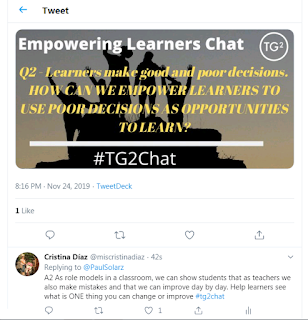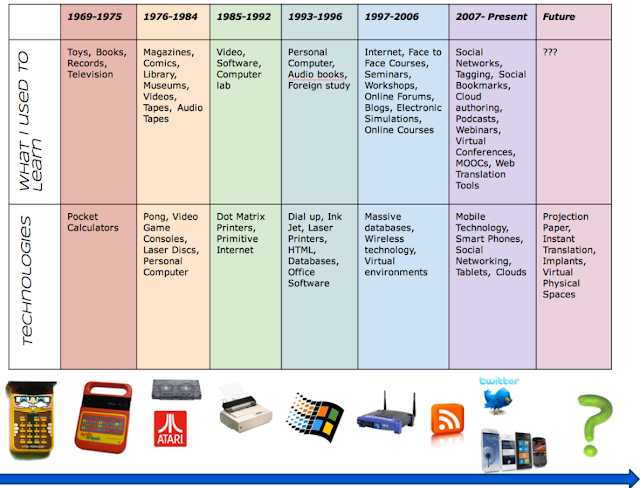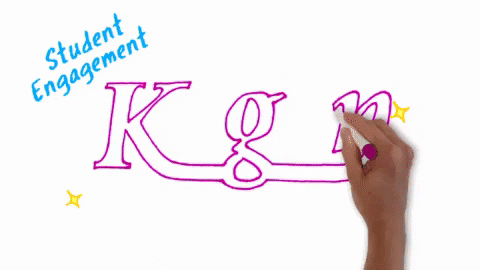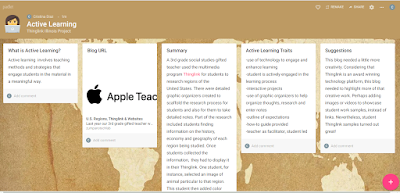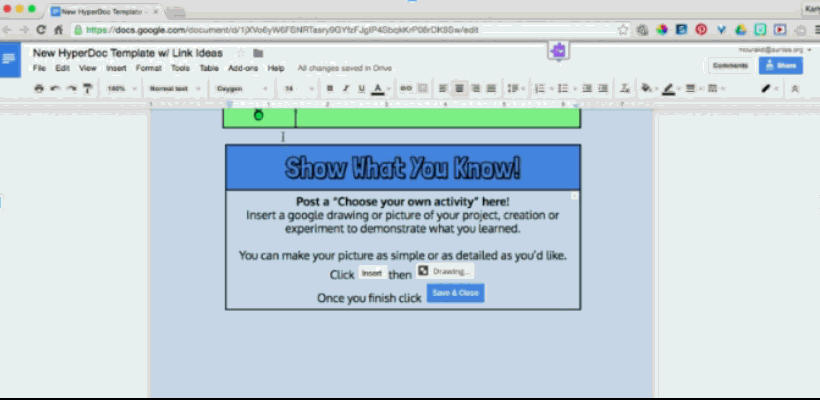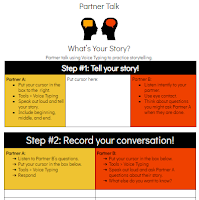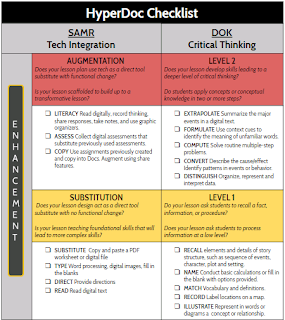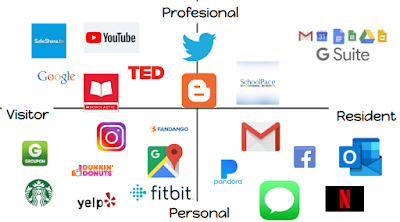
Image Source: Helen Wang
PLN stands for Personal Learning Network which is a network in which teachers learn, have common interests and share ideas with other professionals. The great aspect about a PLN is that teachers can select the networks they want to join and communicate with other educators who are not necessarily nearby. It is a great way to hear about important topics happening around the world.
As educators, we live busy lives and work beyond the regular clocking ours. Joining a PLN gives educators the chance to learn ideas and share knowledge at a time that is convenient for them. To continue on my learning journey of a PLN, I logged in more frequently and participated more on my Twitter account.
My Experience with Twitter
A couple of years ago, the technology coach gave a presentation to the school on Twitter. Our school principal wanted us to create an account so that we could share the learning happening in the building. Not having so much experience with Twitter, I had several followers who I had not idea where following me. For sure my tech coach and I had a good laugh when she helped me clear some of these unknown followers.
Participating in Twitter Chat
Chatting with strangers was really something out of my comfort zone. Considering that this was part of a learning experience and a new journey, I decided to give it a try. At first, I was not sure which chat to join. So, I went ahead and used the list from Education Chats. This is a great resource that provides the most current chats. Considering that I have worked with dual language students for quite some time, I went ahead and tried the #DualLangChat. Little did I know that this was a chat held only on the first Sunday of the month, which meant that I had to wait for quite some time. Instead of waiting, I decided to try another chat. The chat I joined was called #titletalk, and focused around reading and literacy. There was one question posted by the literacy coach, which you can see in the following post:
It never crossed my mind that I could be talking to authors of very popular books. This was like a dream come true! After meeting and following some new professionals, I was excited to join the second part of this chat. The second part will be about personalized learning. With the 21st Century skills in mind, I think this will be a phenomenal topic of discussion.
If you are not sure about joining a PLN, please consider the following reasons why you would benefit from being part of a PLN:
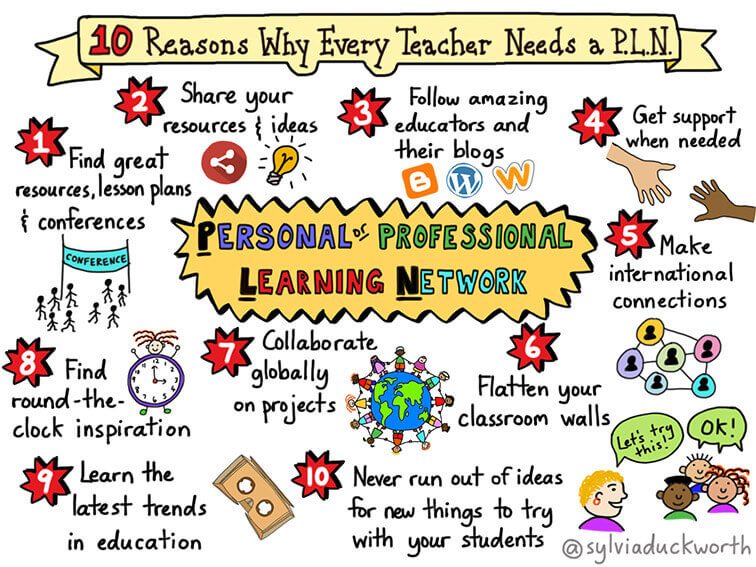
Image Source: Teach Thought Staff
Thank you for visiting and learning about my Twitter experience. Please follow me at @miscristinadiaz.

Image Source: Twitter.com
Resources:
Twitter Account at https://twitter.com/?logout=1574655516116
What is a Personal Learning Network? by TeachThought Staff at https://www.teachthought.com/pedagogy/what-is-a-personal-learning-network/



